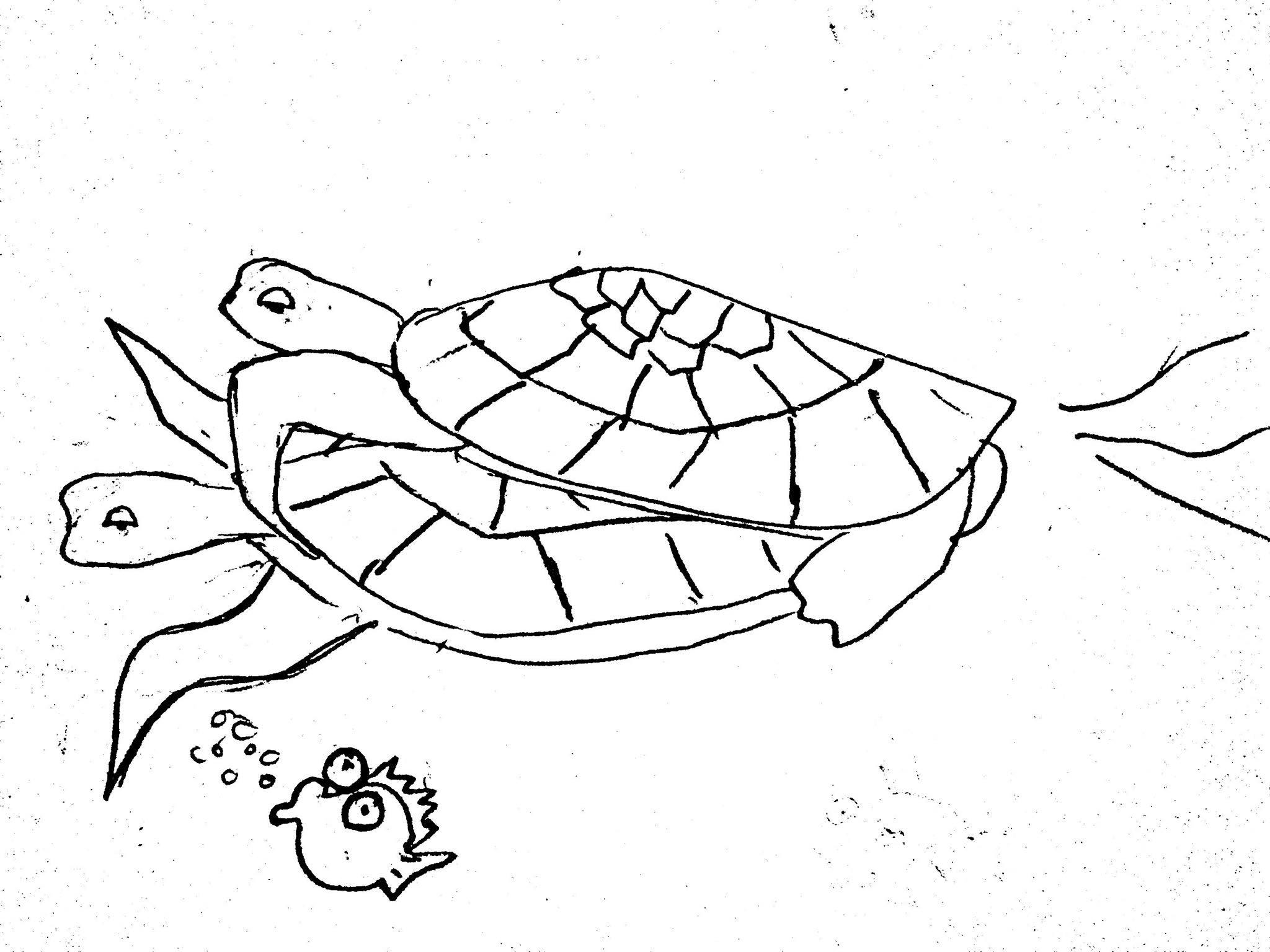NU Sex Week: Sex on The Beach
By Virginia Nowakowski, graphics by Scott Brown and Annie Cebulski Sex Week has come around again with its panels of porn stars and free sexy giveaways, and once again, ION wants to go wild.
This time around, we thought we’d take a trip away from campus critters to explore the mating habits of ocean animals and find out what really get things “hotter under the water”.
Seahorses

Like the romantic leads in “Step Up,” “Dirty Dancing” or even “Silver Linings Playbook,” seahorses seem to like dancing, or at least the underwater equivalent. They swim side by side in the same place and attempt to mirror each other's’ movements during a courtship that lasts several days. After all of this romantic involvement, the female seahorse lays over 1000 eggs in the male’s pouch, which he carries to term and ultimately delivers. Hope they have good paternity leave.
Dolphins

Like many humans, including Northwestern students, dolphins don’t confine sex to the purpose of reproduction. Dolphins will get it on during different times to emotionally bond, as well as get pregnant. They also will choose not to mate if they are stressed or hungry. Females tend to choose the strongest male when mating, causing a lot of jealous fights to break out amongst male dolphins. These battles seldom cause serious injuries, however, and end when one dolphin gets too tired to fight and swims away.
Octopuses

Life can be hard out there for a cephalopod mollusk looking to mate. Octopuses are known for being largely antisocial and often cannibalistic, and their mating rituals only reinforce the stereotypes. In many species, males have a “mating arm” full of sperm that is inserted into the female’s oviduct. However, to avoid being strangled and eaten by the female, some males will simply detach their arm, give it to the female, and swim away to save himself. So much for pleasure.
Sea Turtles

Few things can compare to the sex drive of a male sea turtle. When they finally “meet” a female they can “meet” with her for upwards of eight hours. Should a female decide she doesn’t want to mate, males will try to substitute other males, buoys or even an unsuspecting snorkeler for a prospective date.
[fbshare type="button"] [twitter style="horizontal" float="left"]

